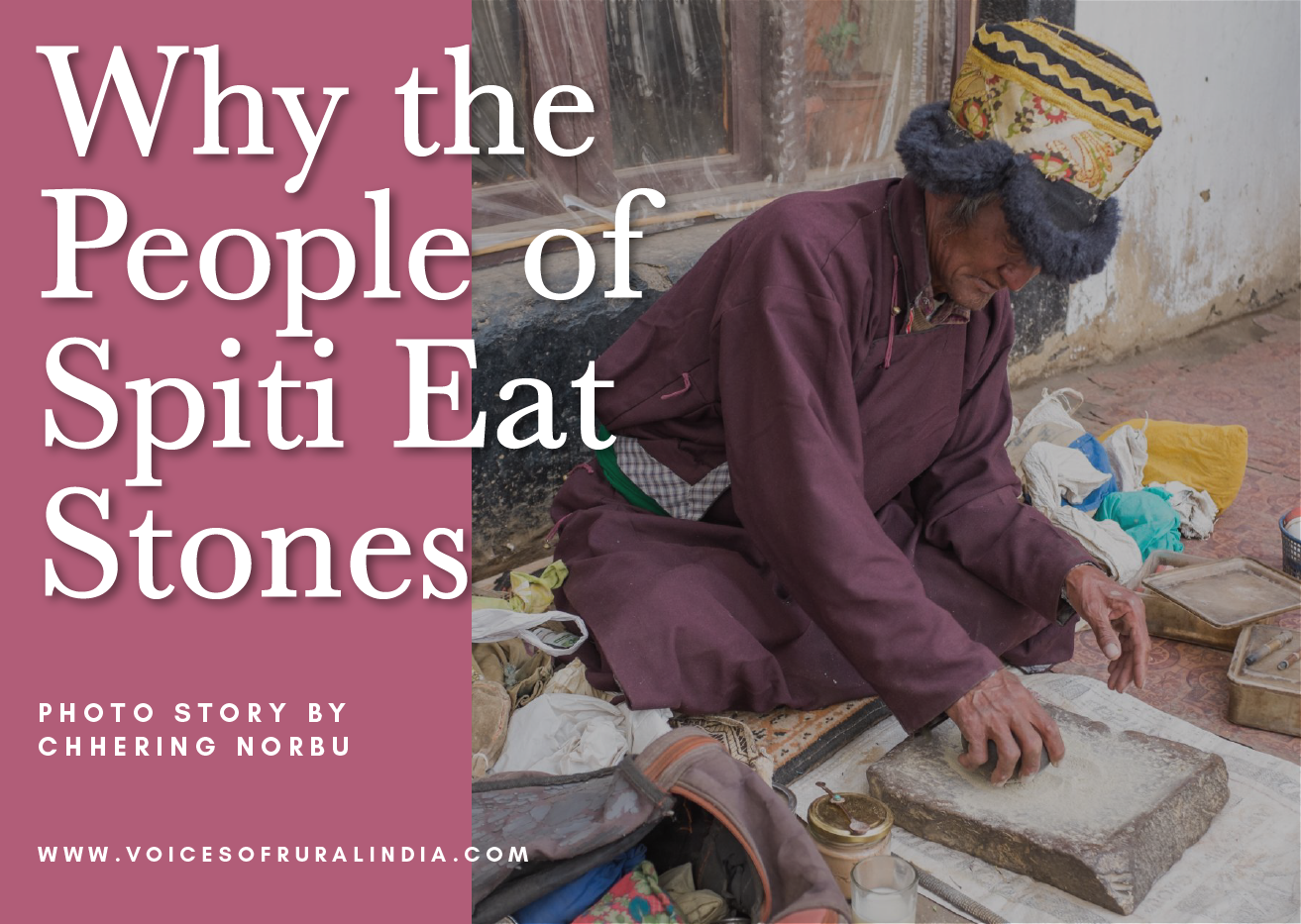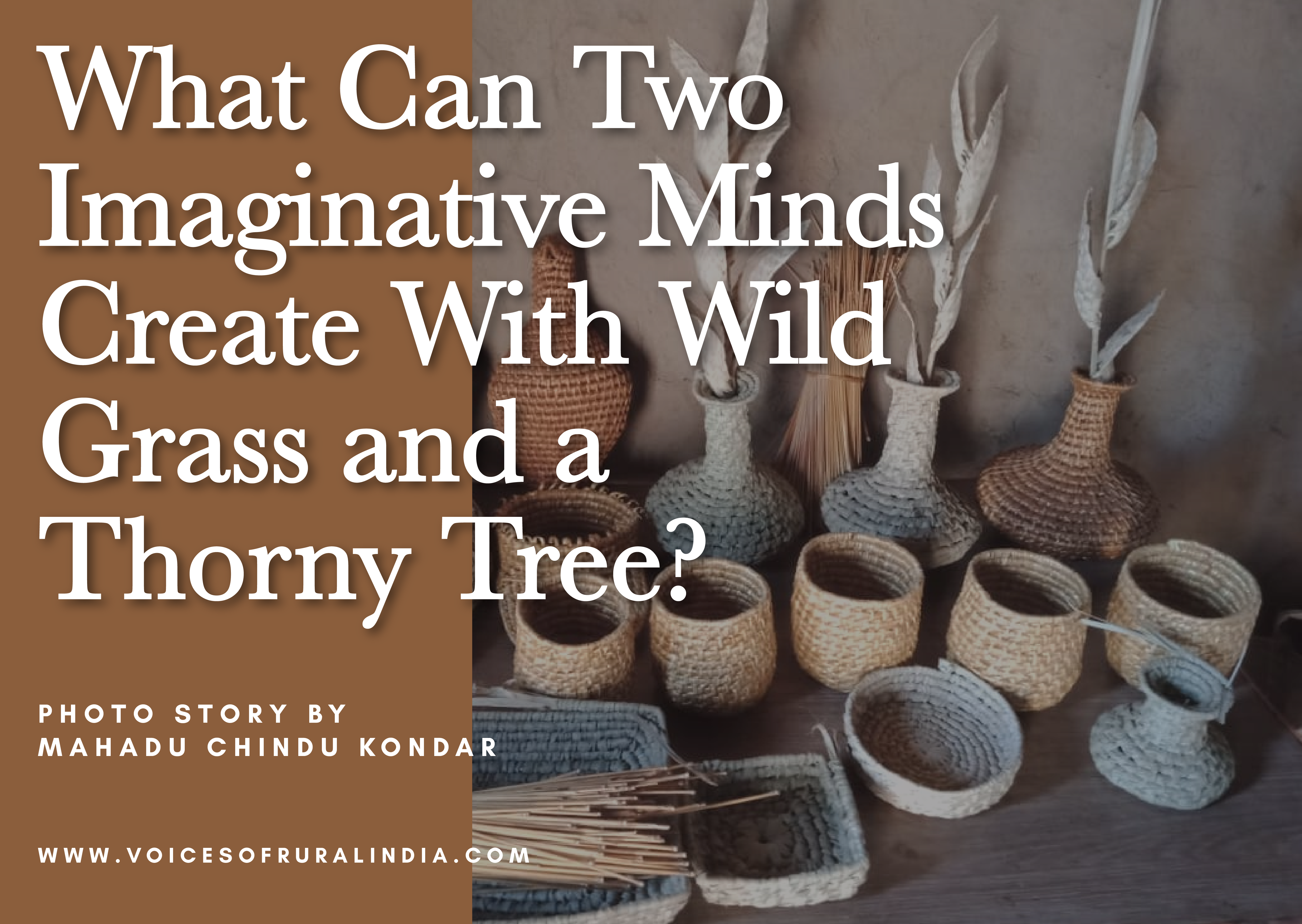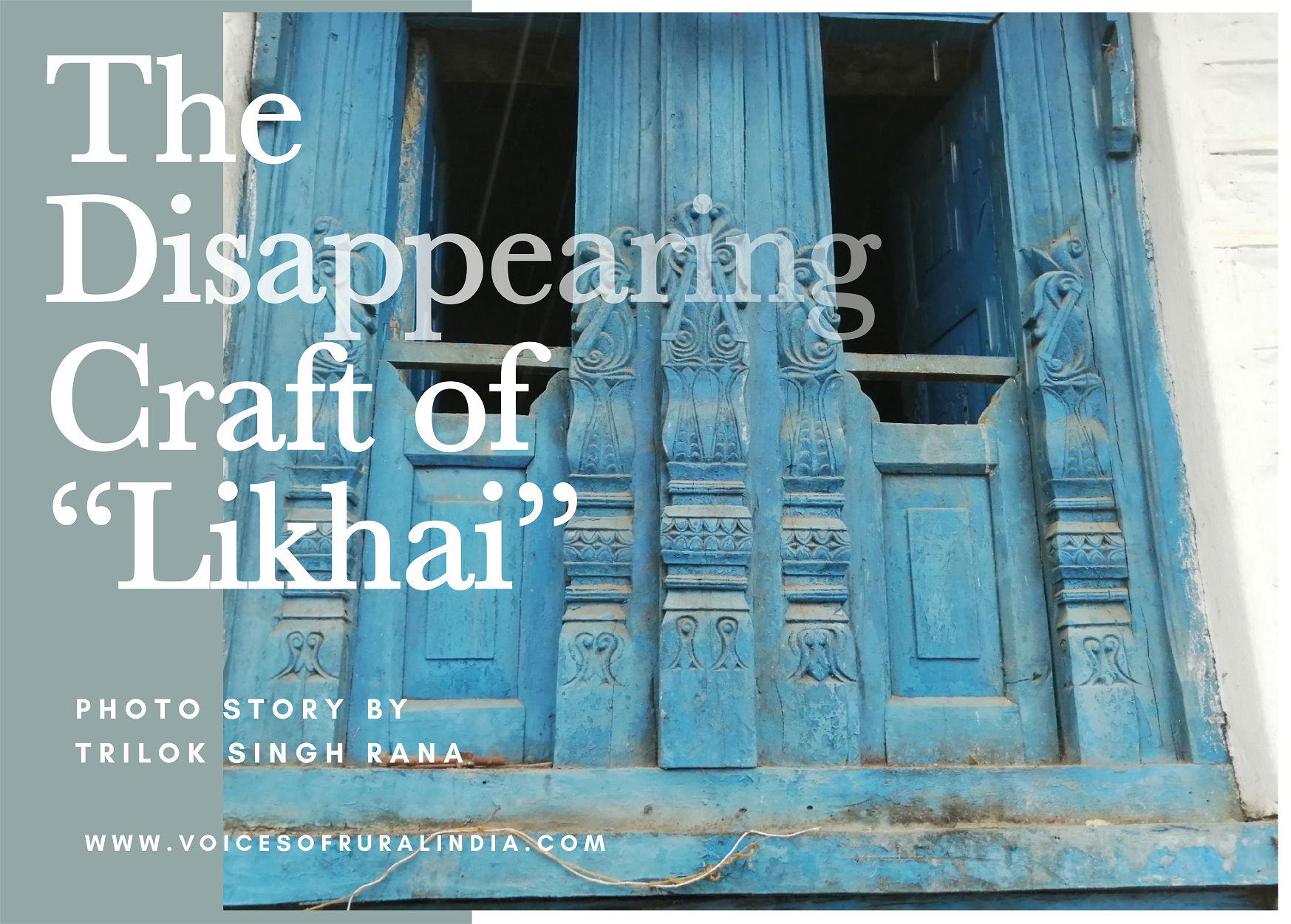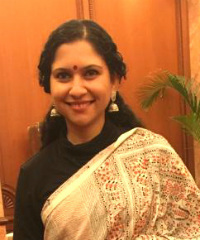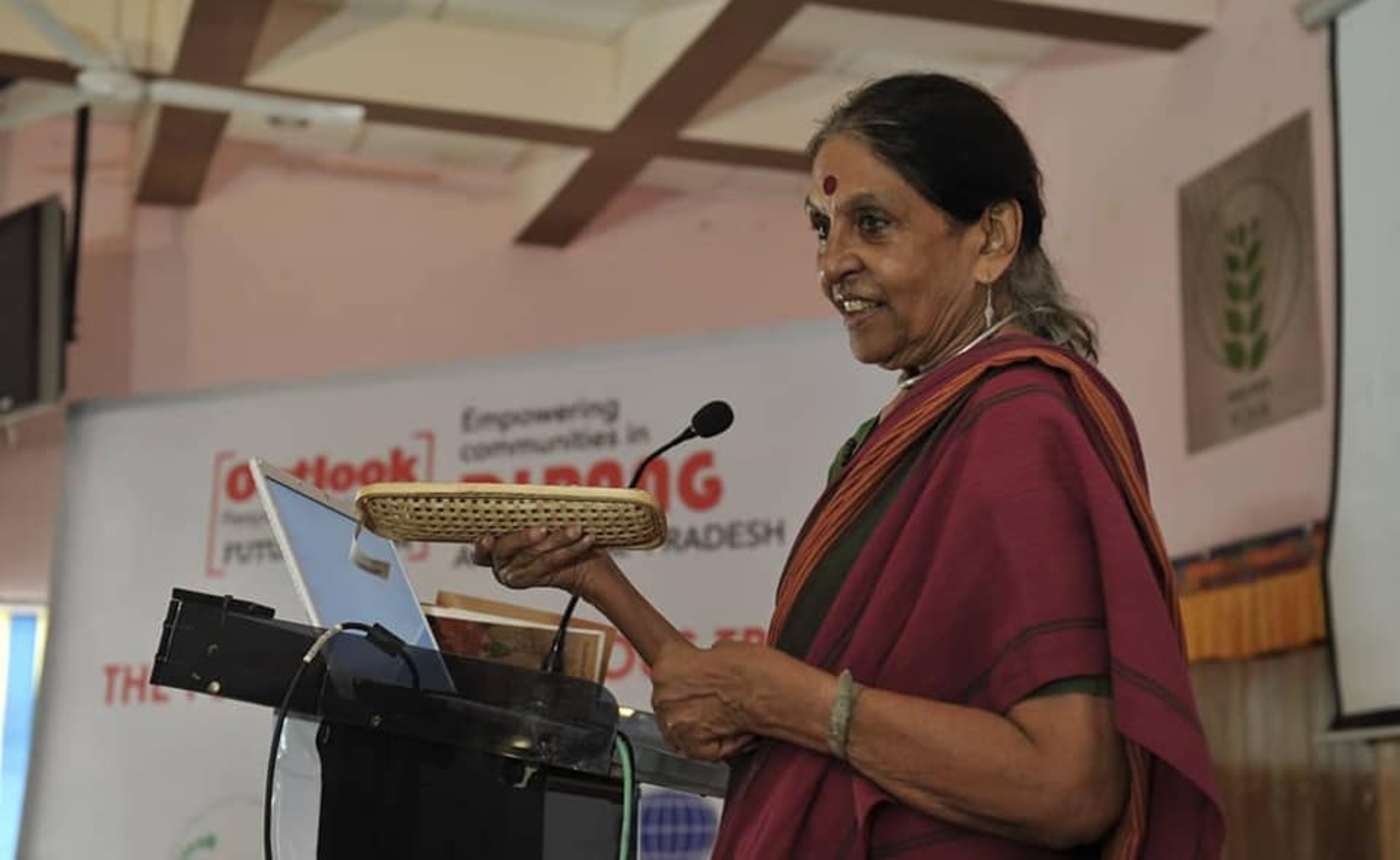
Jaya Jaitly, Founder and President, Dastkari Haat Samiti
01 June 2020 Jaya Jaitly has been one of the most vocal supporters of Indian crafts and artisans. She is the Founder of Dastkari Haat Samiti, an association of crafts people that enables traditional workers to gain confidence in the marketplace through many innovative strategies. She also conceptualised the popular crafts marketplace in the capital, Dilli Haat. In this detailed interview, she discusses the linkages between craft and responsible tourism and the opportunities for both in the post-Covid world:
Q. Considering the severity of impact on tourism and craft and the symbiotic relationship between the two in many destinations, how do you think the two sectors can support each other? What do craft communities and travel companies need to do?
Jaya Jaitly: The only consolation each sector can have right now is that all of us are suffering. That being said, and planning within a ‘Big Unknown’ is hard, the only way to rise above it is to plan ahead. I’m glad we are discussing just that.
Crafts and tourism have been linked ever since globalisation in the early '90s brought places, events, tours and policies that, at first, unintentionally linked them both. However, crafts were expected to flourish if geared towards tourist preferences and standard locations. Some crafts and cultural performances became synthetic shows that weren’t part of the real culture of the people, for example staged tribal dances, craft melas that were ‘fake rural’, and even our hotels were designed like the ones in the West. Over time, the situation reversed, perhaps because we had come onto the road to self-discovery and self-confidence after years of colonial rule and were proud of presenting our own identity and a multitude of places and experiences that were unique to India and had never been given importance.
The Surajkund Crafts Mela was developed by and for Haryana Tourism, with crafts only as a peg. Dilli Haat was conceptualised purely as a crafts marketplace but by chance was accorded to Delhi Tourism to manage. Small companies began organising craft tours for crafts enthusiasts, not with tourism in mind. Tourist spots which stood alone focussed on food courts and not crafts other than some cheap key rings or pens. But, slowly a better and more organic gelling of the two began. Today craft villages want to present their best face to tourists, and tour operators ensure crafts are a part of the journey.
Madhya Pradesh Tourism Board was in the process of planning craft development programs in villages with existing skills near tourist locations.
In the US there is an important policy recommendation by a powerful body called the National Association of Governors (NAG), which calls for developing the local cultural practices with crafts, art forms, tourism and bring development there as a hub for major economic benefit to the local population. It may not have been taken seriously by the present regime in the US but if all Governors of States believed it to be a good engine for development, India certainly has the cultural resources and the enthusiasm of tourism departments in many states to seriously consider it.
Now that crafts and tourism are joining organically, the resilience of one depends on the other. At present, textile artists who are hampered by the absence of raw materials and the inability to work collectively or market their stocks, are stranded. Women’s groups working on decorative textiles have switched to mask making. Other craft practitioners are gamely keeping themselves occupied in the hopes of getting visitors or going to craft bazaars. The traditional artists of Warli, Patachitra (both in Bengal and Odisha), Rajasthani Phad and miniature art, Cherial painters, and Madhubani artists, paint immensely imaginative artworks with the Coronavirus theme, which they send out on WhatsApp and sell over social media platforms of the craft organisations who have been working for their welfare for decades. The infrastructure available from the crafts sector as part of experiential tourism is therefore still very much alive, if not flourishing. Luckily, they are in the homesteads and work from home as they always have.
Madhubani artist Remant Mishra's interpretation of life during the times of Covid-19
Once the tourism sector can open up, the link will be joined. However, in low or no-Covid areas like in the Northeast, it may be possible that intra-state tourism facilities like small hotels and homestays could open for business for customers from their own state. It may be an opportunity for locals to pay more heed to their own backyard and partake of the beautiful tourist spots, and lesser-known nooks and corners for a getaway. Obviously, sanitisers and masks are going to be around as part of the standard scene. But masks, carry bags, even woven linen for furnishings, if truly ‘localised’ and made by local craft or women’s development groups will help people appreciate the local again.
Traditional organic food items can be sold out of food stalls and can be built around homesteads that could become a part of the sustainable tourism family in the future.
It essentially means ‘Vocal for Local’ is the way to start, in safe environments within safe states.
An artwork to promote washing of hands by artist Apindra Swain from Raghurajpur, Odisha
Q. Craft, along with agriculture, is seen as an alternate source of income in many communities and regions that were dependent on tourism. Do you think this approach will work? How do you think they can access markets and turn this into a workable and viable model?
Jaya Jaitly: Interestingly crafts and agriculture have been historically connected in agricultural societies all over the world. Industrialisation, heavy mechanisation, and global produce have destroyed the great potential of hand-made crafts, and organic agriculture. Tourism, especially in the specialised areas of sustainable and responsible tourism, has been instrumental in joining all three to give tourists unique experiences of working in a field or making and buying crafts. This has potential in the future, and perhaps water harvesting can be an added attraction. Perhaps the world will be more tuned to this instead of wasteful leisure/luxury sought by the very rich.
Bhutan is a charming country that uses its traditional practices and lifestyles as a part of its general tourist charm. Its buildings are decorated with traditional Buddhist art and the roads are lined with simple but clean and attractive platforms where villagers sell vegetables from their lands. I have seen this in Manipur too - a woman was selling pineapples from her land while spinning thread to weave. It was a beautiful sight that you do not see in our cities or other countries.
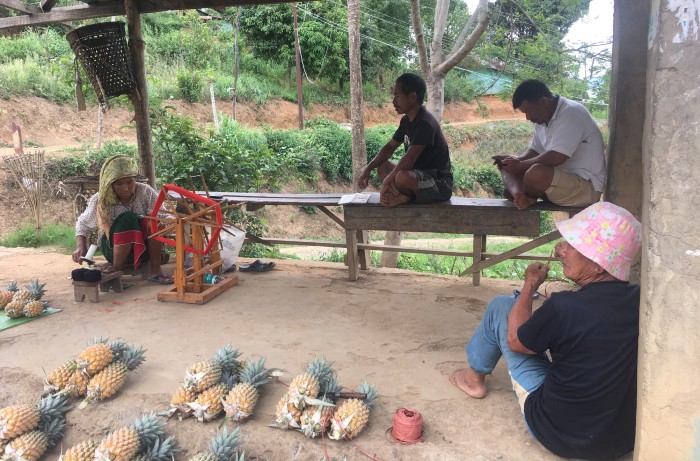
A lady spinning thread and selling pineapples by the road in Manipur
Q. In this difficult time, have you seen innovations or emergence of business models (in craft and tourism) that can be replicated?
Jaya Jaitly: I can’t say I have seen any new models connecting the two, but I have seen the emergence of a much greater energy in designing and marketing crafts suited to particular environments. It would be a very good idea if new linkages can be made in the following areas:
i) Tourism spots of any size and nature to provide/market health-related handmade products with a clear location-related identity like bags with space for not just water bottles but sanitiser bottles, knapsacks, masks, light clothing, yoga mats, handmade organic soaps and health related ayurvedic cosmetics.
For these they would have to reach out and link up with designers attached to craft development and marketing organisations.
ii) Arrival points at airports, railway stations and bus stations need to welcome tourists with an Indian aesthetic which is of traditional art or craft. Of course, smaller sustainable tourism organisations can’t do this themselves but they can recommend such ideas to responsive local authorities. In Varanasi we once did a project using local folk toy painters who were in dire straits to paint the cycle rickshaws. It adds to the visual aesthetic, enhances earnings and helps local tourism.
iii) Architects have also shown great enthusiasm in working with local craft skills and would happily link with those who support the idea of Responsible Tourism. They could support local crafts by incorporating them when setting up resorts, out-house homestays and locations providing wildlife and sporting experiences. In Tripura there is a group that can make hand made bamboo infrastructure.
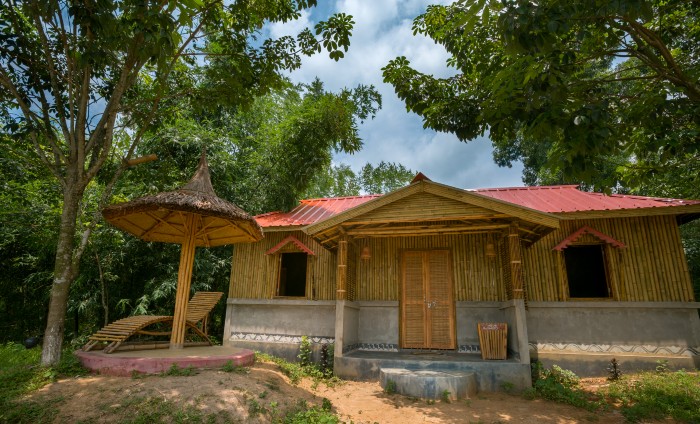
The bamboo tourist resort at Baansgaon, Tripura
iv) Lastly, I would recommend travellers and RT businesses look at the Google Arts & Culture website and click on G.co/craftedinindia, which is promoted as a ‘travel there and bring back a craft’ feature by the Ministry of Tourism under the Incredible India banner. These were done by my organisation in partnership with Google Arts & Culture and can encourage people in the responsible tourism business to understand craft environments and build travel and educational tours around them when the country is finally safe. Maybe till then they could develop simulated travel experience. Just a thought!
Possibly this line of out-of-the box thinking could lead to better and more such ideas.
Q. What is your message for Responsible Tourism companies, especially as they start to rebuild.
Jaya Jaitly: The only heartfelt message I can give is that craftspeople have taught us so much about positivity, reliance and the ability to adapt to changed circumstances that we can all learn from them and look forward to better times, because they will come if we all stay safe and sensible without losing heart. Even rebuilding ‘small’ and ‘local’ is a way to inch forward.




